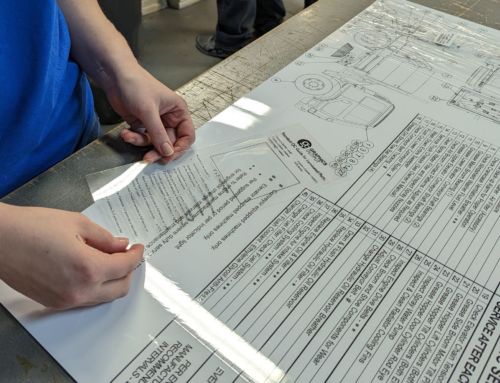Retroreflective sheeting, more commonly known as “reflective material,” does just as the term says: It reflects light. Different reflective materials have different properties, and it can be tough to choose the right material for your graphic application. This information should help you select the best product for your project.
Measuring Reflection
Retroreflection is measured by comparing the luminance, or perceived brightness, of an object to a light’s intensity. This measurement is called the coefficient of retroreflection. It lets engineers judge how effective reflective materials are and gives governing bodies a system for reflectivity standards.
| NOTE: For STEM-loving readers out there, the formula for the coefficient of retroreflection is “cd/lux/m2”, with a standard observation angle of 0.2º and light entrance angle of -4º. |
|---|
A non-reflective surface will always have a retroreflection coefficient of zero or near zero. This is because the surface does a poor job of reflecting light. Standard reflective materials have coefficients ranging from 7 to 500 or more. Colored reflective materials will always have a lower coefficient than white ones because colors inherently absorb light, reducing their ability to reflect.
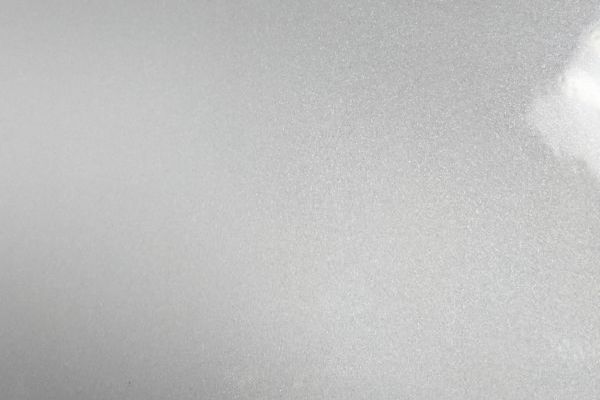
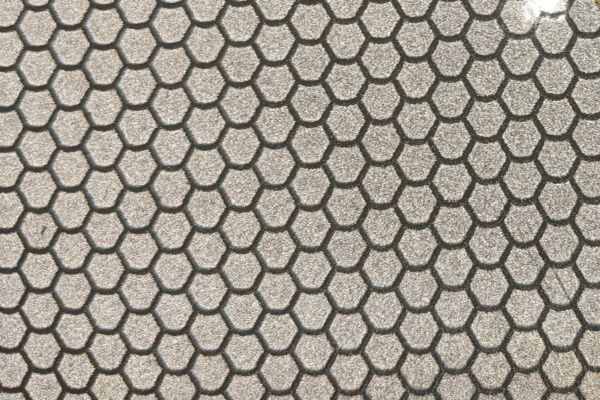
White ORALITE 5600 (left) has a coefficient of 70, while white ORALITE 5800 (right) is 250.
Reflective Grades
Commercial grade reflective film, also known as utility-grade, is used in non-engineering grade applications. This covers any reflective material that does not meet the exact standards as determined by the American Society for Testing and Materials (ASTM). Commercial grade might be used for things as inconsequential as scrapbook stickers up to a variety of reflective facility markings and emergency vehicle graphics.
Because the term “grade” is often used inconsistently and incorrectly by manufacturers, we recommend identifying a build’s reflectivity, durability, and flexibility to select the correct reflective material for your project.
Reflective Types
There are nine types of engineer-grade retroreflective sheeting, according to the ASTM standard specification for retroreflective sheeting for traffic control. These types are classified by how well they conform to the standard requirements.
1. Type I – Engineer, which uses microscopic glass beads in its construction. Because this type is simple to both manufacture and cut, it is the least expensive type. Many vehicle graphics use Type I because it performs well and is cost-effective.
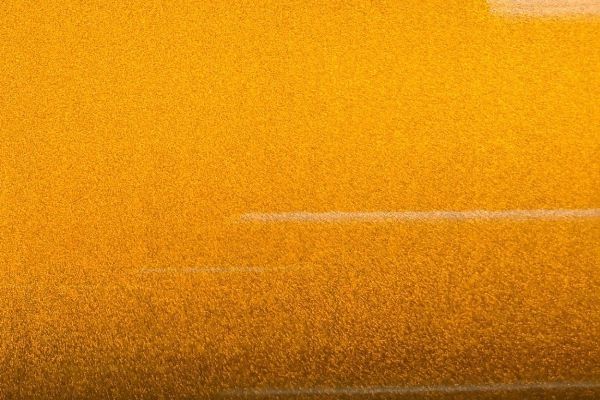
2. Type II – Super Engineer, which also uses microscopic glass beads in its construction, but is two times more retroreflective than Type I. Type II is mostly used in permanent highway signage and construction zone devices. It is not common in the decal industry.
3. Type III – High-Intensity again uses microscopic glass beads in its construction, and is three times more retroreflective than Type I. It is easily identifiable by its distinct honeycomb-like pattern. Because many consumers prefer other types, Type III is nearly obsolete. Only a few manufacturers still make it. Those who use Type III do so because it works well for highly reflective, custom-shaped decals with low quantities. This advantage is due to glass-bead constructions being easier to cut than prismatic material, found in Types IV and higher.
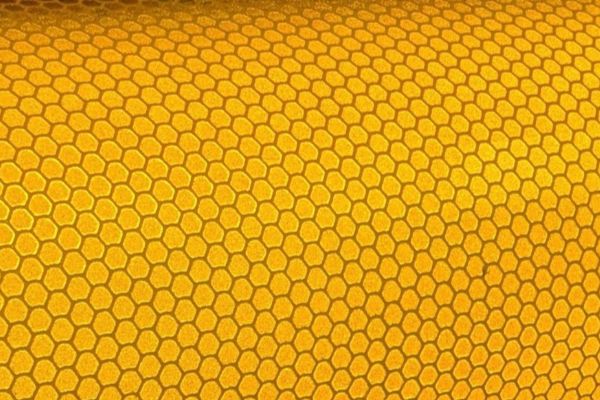
4. Type IV – High-Intensity Prismatic uses microscopic prismatic lenses in its construction and is five times as bright as Type I. Like Type III, this uses a small, geometric pattern, but because of the construction, it is more reflective. It is also less flexible and better suited for flat surfaces. The Department of Transportation (DOT) often uses Type IV for regulated truck and trailer requirements. Type IV is cheaper than Type III but more difficult to cut, often requiring special tooling. One easy-to-cut Type IV material is 3M HIP Reflective Sheeting Series 3930. Make sure to talk to your graphic supplier if you need a custom shape or design using Type IV.

5. Types V – XI all use microscopic prismatic lenses as well, but they are engineered for very specific traffic and construction uses only. Each type is not used outside of its specifications. People often associate these “higher” types with improved performance, but this is not the case.
While types are used to distinguish all retroreflective sheeting used in the traffic industry, some higher grade prismatic reflective materials are used that do not conform to the ASTM standards. Therefore, these materials do not have a type classification. That doesn’t mean the material is of poor quality, but that it was manufactured for a purpose other than traffic signage.

Oralite V98 is a prismatic, conformable reflective sheeting that does not meet any single ASTM standard. It is used frequently in the telecom industry; by the Department of Transportation; and for fire, emergency medical services, and police vehicles.
This handy chart illustrates the type differences at a glance:
| Retroreflective Material Type Comparison for Reflective Decals | ||||
| Commercial | Type I | Type III | Type IV | |
| Cost | X | X | XXXX | XXX |
| Reflection Intensity | X | X | XXX | XXXX |
| Ease of Decal Production | XXX | XXX | XX | X |
| Conformability to Curves | XXXX | XXX | XX | X |
| Durability | X | XX | XXX | XXXX |
Key: X=Low, XXXX=High
If you need more help to identify the correct reflective material for your application, Graphics Output is happy to help. Request a quote online, shoot us an email, or call 260-748-0577 to learn more




